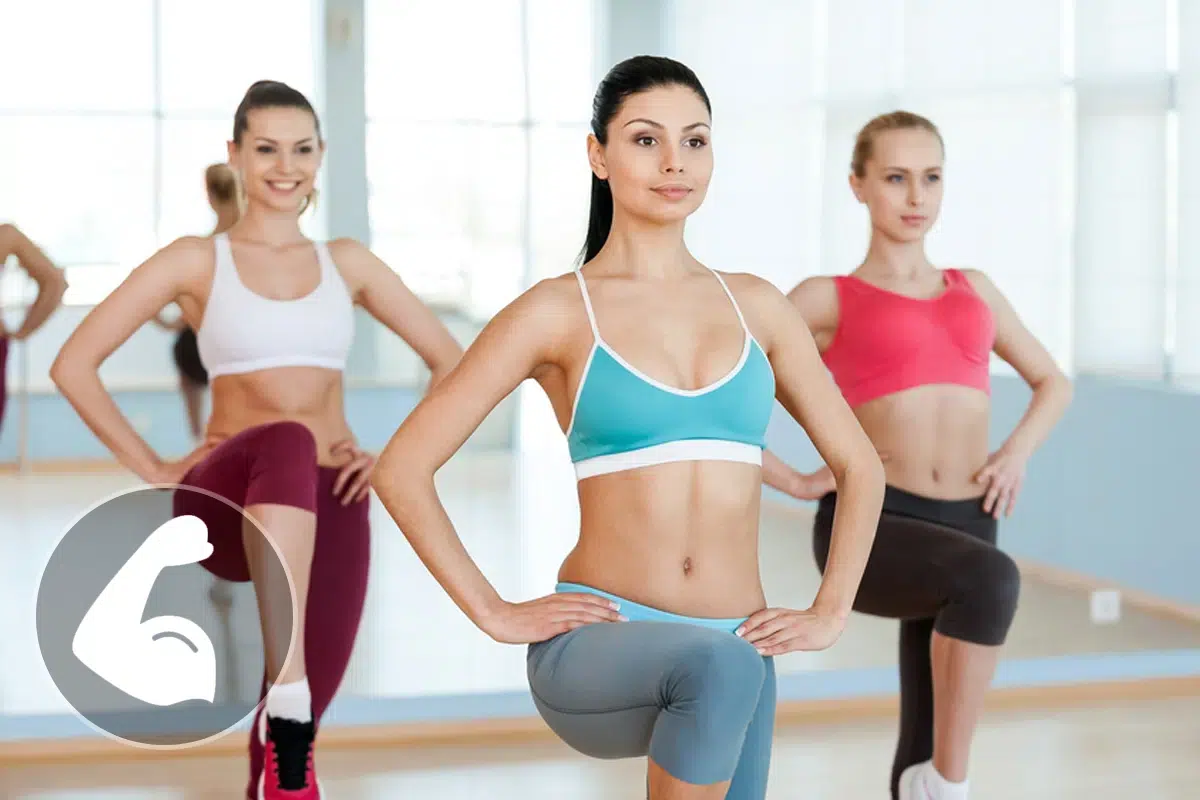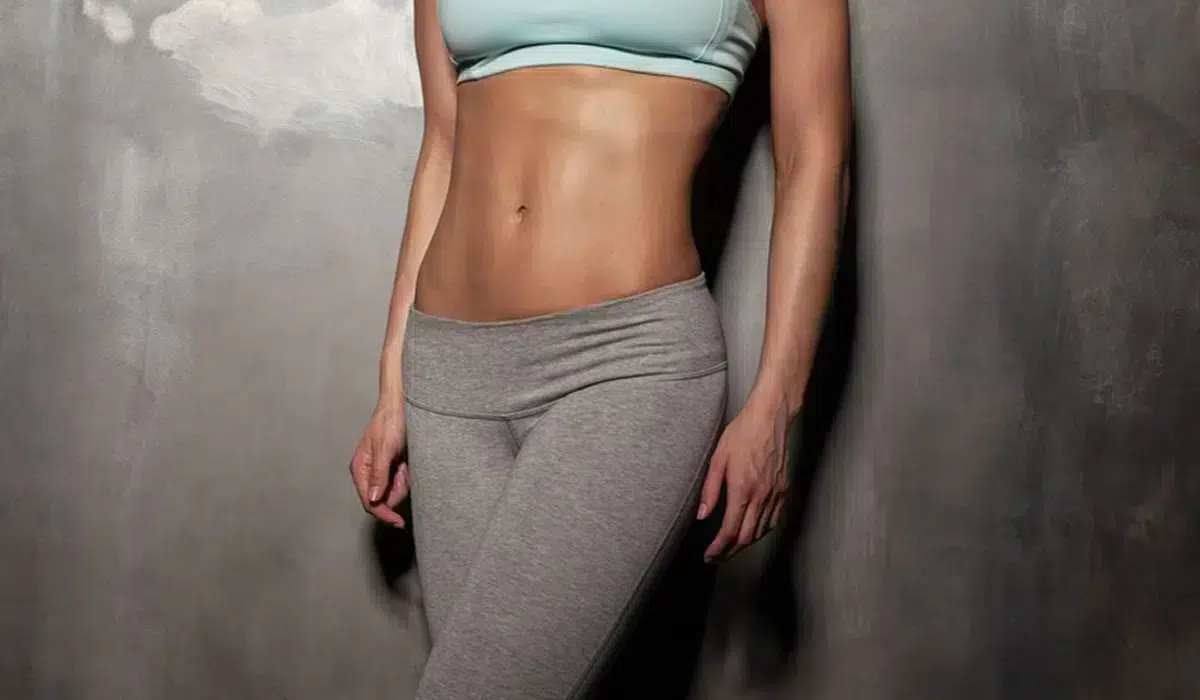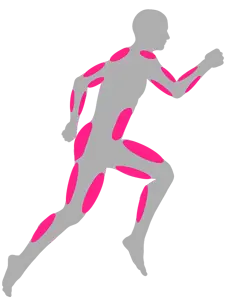Show summary Hide summary
Which muscle group are we activating when doing step aerobics?

Everything you need to know about step
What muscles does step aerobics or step training work? What parts of the body are engaged and toned with step aerobics? Use the tool below to see the list of all the body parts that are used when doing step training!
Step aerobics or step training for fitness and strength building

What muscles are we exercising when doing step aerobics or step training?
Depending on the sport you do, certain areas of the body will be worked harder than others, but what about when you take the step? Will you tone and refine your figure by doing step? Below is a list of the muscles and muscle groups strengthened and sculpted by stepping!
Upper limbs (shoulders, arms and forearms)
- Biceps: These muscles are located on the front of the arm and are surrounded by two joints (scapulo-humeral, elbow). The biceps comprise two muscles(long biceps and short biceps) which help flex and rotate the arms.
- The triceps : Located on the inside of the arm, they comprise three muscles (the vastus lateralis, the vastus medialis and the long head of the triceps) which complement the flexor role of the biceps brachii. The triceps allow the forearm to be extended.
Trunk and pelvis (Chest, stomach and back)
The step requires very little effort in this area.
Lower limbs (buttocks, thighs and calves)
- Buttocks: Located at the intersection of the lower limbs and the trunk, the gluteal muscles(gluteus maximus, gluteus medius and gluteus minimus) are among the largest and most powerful muscles in the body. In particular, they provide mobility for the thigh and support for the pelvis.
- The quadriceps: These are located at the front of the thigh. The quadriceps are each made up of 4 muscles (the vastus femoris or rectus femoris, the vastus lateralis, the vastus medialis and the vastus intermedius). These muscles facilitate flexion of the thigh on the hip and extension of the leg on the thigh.
- The hamstring muscles: Located on the back of the thigh, there are four of these muscles(biceps femoris, semitendinosus and semitendinosus). They ensure flexion of the leg and extension of the thigh.
- Calf muscles: Also known as the sural triceps, the calf muscles are made up of 3 muscle groups, including the soleus and the gastrocnemius. These muscles help to extend the foot down the leg
As well as keeping fit, step is an excellent sport for strengthening the lower body. The step sequences and generally toned arms help to build up the muscles of the buttocks, thighs, calves and arms.
Everything you need to know about step
All sports in detail!




















































